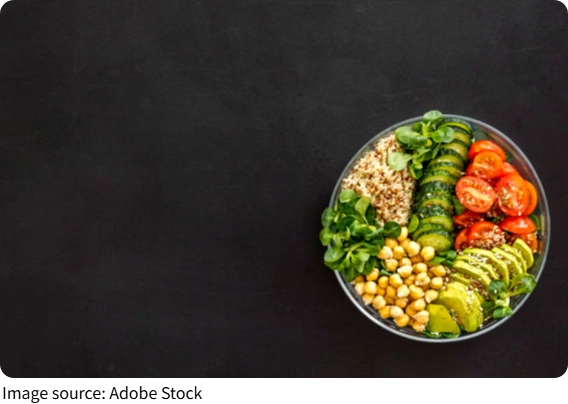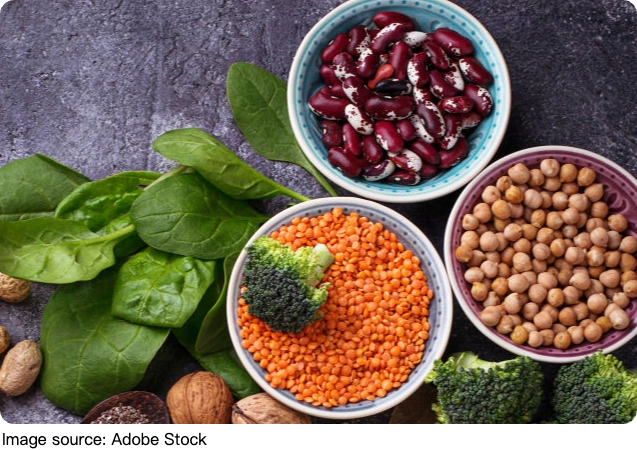Label Smarts, Made Simple

If you've ever stood in the grocery aisle wondering what "low-sugar" or "high fiber" really means, you're not alone. For many Lykkers, understanding nutrition labels can feel like decoding a puzzle.
But once you know what to look for, labels turn into helpful tools—not confusing distractions.This guide breaks down the basics of reading nutrition labels in a fun, down-to-earth way.
Whether you're looking to eat more mindfully, support your energy levels, or simply make better choices for your household, it all starts with knowing what's on the back of the box. With a few easy tips, you'll read labels with more confidence and way less guesswork.
What the Numbers Really Mean
Nutrition labels can seem like a grid of numbers and words—but there's a logic behind it. This section helps you focus on what matters most, so your choices reflect your needs and not just clever branding.
Start with the Serving Size
Before anything else, check the serving size. Often, a small-looking package contains two or even three servings, which can double or triple everything else on the label.
As registered dietitian Bonnie Taub-Dix explains, "The serving size is the key to the whole label. If you don't read that first, the rest doesn’t make sense."
If a cookie says it has 200 calories per serving, but the package contains two servings and you eat the whole thing—that's 400 calories total. So always ask: "How much of this am I actually going to eat?"
Pay Attention to the Big Four
Once you've noted the serving size, keep an eye on these four main numbers:
Calories
Total sugars (especially added sugars)
Sodium
Fiber
Calories give you a sense of energy, but don't rely on that alone. You also want to know where those calories are coming from. Is it mainly sugar? Or does it have fiber and other useful nutrients?
Dr. Walter Willett of Harvard T.H. Chan School of Public Health shares, "The real goal of a label is not just to limit calories, but to encourage healthier eating patterns." That means looking at quality—not just quantity.
If a snack is high in fiber and low in added sugar, that's a better sign than something that's low-calorie but full of artificial ingredients.

Decoding the Ingredients List
If the nutrition facts panel tells you the numbers, the ingredients list tells you the story. What's inside matters—especially if you're aiming for a balanced and realistic diet.
Ingredients Are Listed by Quantity
That means whatever shows up first makes up most of the product. So if sugar is in the top three ingredients, it's probably not the healthiest pick—even if the front says "made with whole grains."
Watch for different forms of sweeteners too. Sugar can show up as "cane syrup," "honey," or even "evaporated juice." If a product lists multiple types of sugars, that's often a way to hide how much sweetener it really contains.
Registered nutritionist Amanda Ursell recommends, "Choose products with a short ingredient list and words you recognize. If it sounds like it belongs in a chemistry lab, it may not belong in your kitchen."
Look for What’s Added—and What's Missing
Many packaged foods now highlight what's "free from" certain things, like artificial dyes or added sugar. That's helpful, but don't forget to look for what's included.
If a cereal boasts "low sugar" but has barely any fiber, it might not keep you full. On the flip side, if it has whole grains, natural sweeteners like dates, and some healthy oils, it may be a more balanced option.
Also, check if a product offers essential vitamins like iron, calcium, or potassium—these often show up in the % Daily Value section. If something has 15% or more of one of these, that's a bonus.
Reading nutrition labels doesn't have to feel like reading fine print in a legal contract. Once you know what to scan for—serving sizes, sugars, sodium, and ingredient order—you're better equipped to make thoughtful, nourishing choices.
As you keep exploring what fuels your body best, remember: labels aren't about perfection. They're just helpful tools to support the goals you care about most.
So the next time you’re in the snack aisle, you'll know what's behind the label—and you'll feel good about tossing it in your cart. Happy decoding, Lykkers!


